End A Letter- The email you thoughtfully prepared is nearly done, and you are almost ready to send it to its addressee. It's "Almost" because one of the most critical elements of the letter or email remains unfinished: closing.
Because you want to make a positive impression on the people who read your message, choose closing forms that are acceptable for the content of the digital letter you will send.
This blog will provide practical advice on concluding an email to remove any doubts that keep you from pushing the "Send" button, regardless of whether the message is formal or informal.
Identify the Type of Letter/ Email
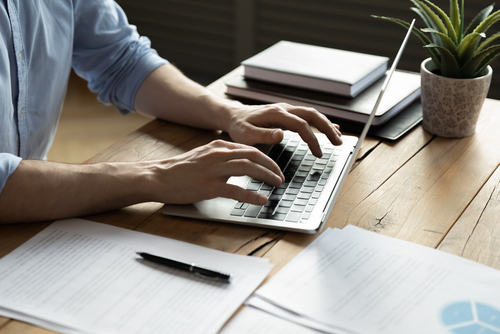
As you are undoubtedly aware, emails are classified into two types: formal and informal.
Read: Formal Letter Writing, Samples, and Format (Ultimate Guide 2023)-Drjobpro.com
There is a significant difference between these two types of letters: while in the first, it is viable to use more casual and friendly tones, at the moment, it is vital to pay attention to some requirements (as the name of formal emails suggests) that are necessary to make a positive impression on hiring managers, business owners, coworkers, customers, educators, and, more broadly, all those individuals with whom there is no confidential relationship.
If you are unsure which of the two "groups" the email you are going to send belongs to, consider the following: what type of connection do I have with the recipient of the message? Is it a long-time friend or a customer with whom I have developed a strong relationship? Is he someone I know? Would I address him as "you" or "her" if I had the chance to meet him in person?
Read: Best Cover Letter Samples for 2023 (All Jobs)-Drjobpro.com
Once you've determined the content of your message, you may select the email's closing sentences and, as a result, the last greetings.
Below are helpful hints for selecting and end while writing an informal or official email.
How to end an informal email?

In this circumstance, you do not need to perform extra steps to close the message.
The appeal of novice emails is the chance to employ terms from everyday speech casually.
You might, for example, choose a contexts phrase, perhaps one that is nice and friendly, into which to insert a wish (e.g., "See you soon! ", "I hope to hear from you as soon as possible! ", "I can't wait to see you in person! ", or "I'm really happy to have found the time to write to you! ").
After you've decided on the appropriate welcome for the message you've written, add your signature: since this is an informal email, you may safely leave off the surname. You might add a Post Scriptum (PS) after your signature to convey a different welcome or information that you forgot to include in the body of the letter.
Examples of an informal email end.
- Best of luck,
- Best,
- Best wishes,
- Fond regards,
- Cordially yours,
- In appreciation,
- Many thanks,
- Kind regards,
- Kind thanks,
- Kind wishes,
- In sympathy,
How to end a formal letter?
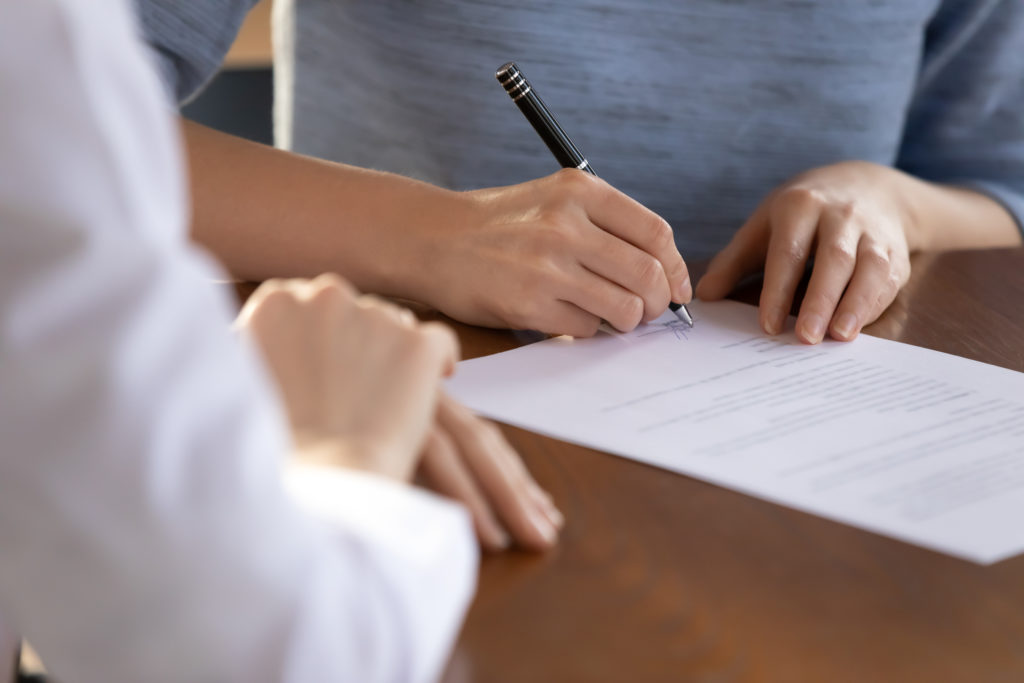
If your start is by using a greeting like "Dear Mr./Ms.", it would be appropriate to use forms of greeting such as " Yours sincerely, "Kind Regards," or " Cordially."
Read:
- Experience Letter Format (+Tips & Free Word Templates)|Drjobpro.com
- Top 5 Employee Appreciation Letter Examples for Star Performers
Paying attention to this small but essential aspect will give a touch of uniformity to the whole message.
Your ending can be a way to motivate the addressee to take action, whether to call you or reply to the message, for example.
So, you must follow the perfect approach of encouraging and appreciating him to do what you want. In this case, you can use endings like "Waiting for your kind reply" or "Hope to receive your call soon."
What Comes After Ending Your Letters?
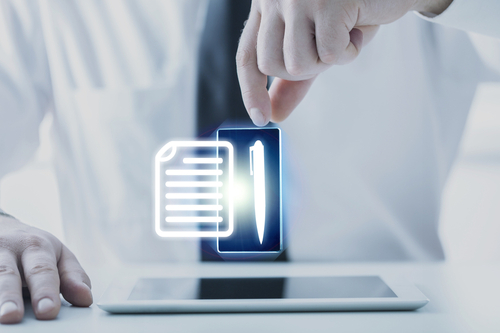
Your full signature will be the best option here, and you should insert your full name and your contact details: mobile number, company number, and address. You can add your LinkedIn account URL for a more professional image, but make sure it's well drafted.
Below is an example of a formal email signature:
- Best regards,
- Adam Hanz
- Mobile Number:
- Phone Number:
- Fax:
- Address:
How to Create a Formal Email Signature?
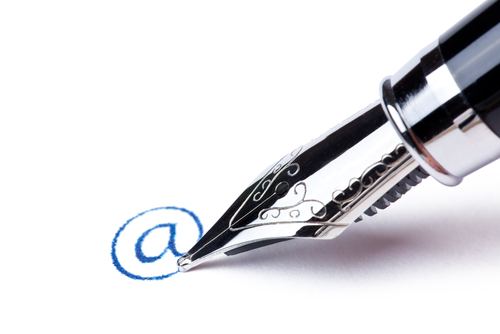
If you want to do it manually on your outlook,
- Click on the File button at the top left
- Go to the Options menu.
- Select the Mail item from the left sidebar
- Click the Signatures button
- Select your appropriate signature.
Three examples of successful email endings
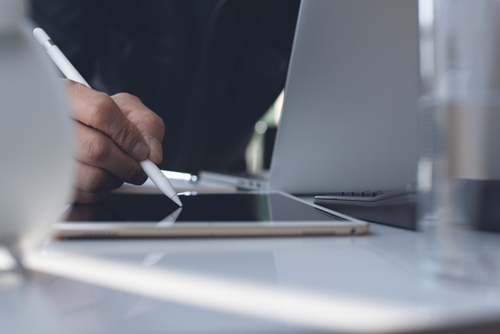
Example 1: Response following receipt of necessary documents as part of a project
I hope to receive an appointment to discuss the documentation together.Best regards
Tom Hanz
(Signature, contact details)
Example 2: Application for a position
I would be happy to receive an answer and an opportunity for a personal interview soon.with regard
Maria Adam
(Signature, contact details)
Example 3: Responding to the invitation for an appointment
I am pleased about following Monday's appointment.I greet you cordially and wish you a good weekend
Hany Salama
(Signature, contact details)
What to Avoid While Ending A Letter?
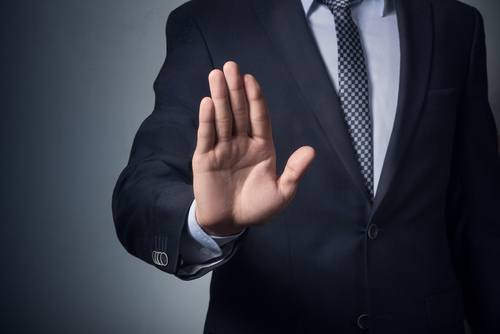
- Thank the recipient for their attention: old-fashioned form
- Don't use any salutation - it's almost worse than using the wrong one.
- Using letter closings like Always, Hugs, Later, Thx, etc.
How do you Write the Initials of the Closing in Uppercase Letters?
The initial word of your closing should be capitalized if your closure has more than one word, uppercase the first and use lowercase for the rest. As an example:Sincerely
Regards, Sincerely,
Best wishes
Formatting a Letter Ending
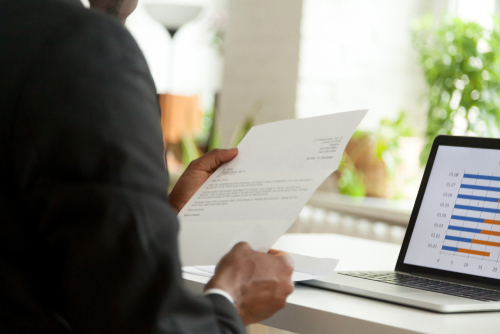
If you're sending a printed letter, allow four lines of space between the closure and your typed name. Sign your name in pen in this space.
Leave a space between the conclusion and the signature, and add your full name and contact details along with your signature.
What Sort of Details Should Be Mentioned in Your Signature?
Ensure your contact details are included in your letter.If you send a handwritten letter, your contact information will be at the top. However, if this is an email, provide that info below your written signature. This will make it easier for the receiver to reply to you.
Read Also:
- How to Write a Resignation Letter (with sample)
- Working Mothers: How to Write a Maternity Leave Letter (with Templates)
- Salary Increment Letter: Tips on Writing, Formatting, and Templates-Drjobpro.com
How to end a letter- Conclusion
From "Best Wishes" to "Best Regards": Closing an email is just as important as its beginning and is often overlooked. The last words of the message offer a unique opportunity to convey a feeling of professionalism in writing and simultaneously create an implicit relationship, commercial or otherwise, with the recipient.
Master the art of writing formal letter, and
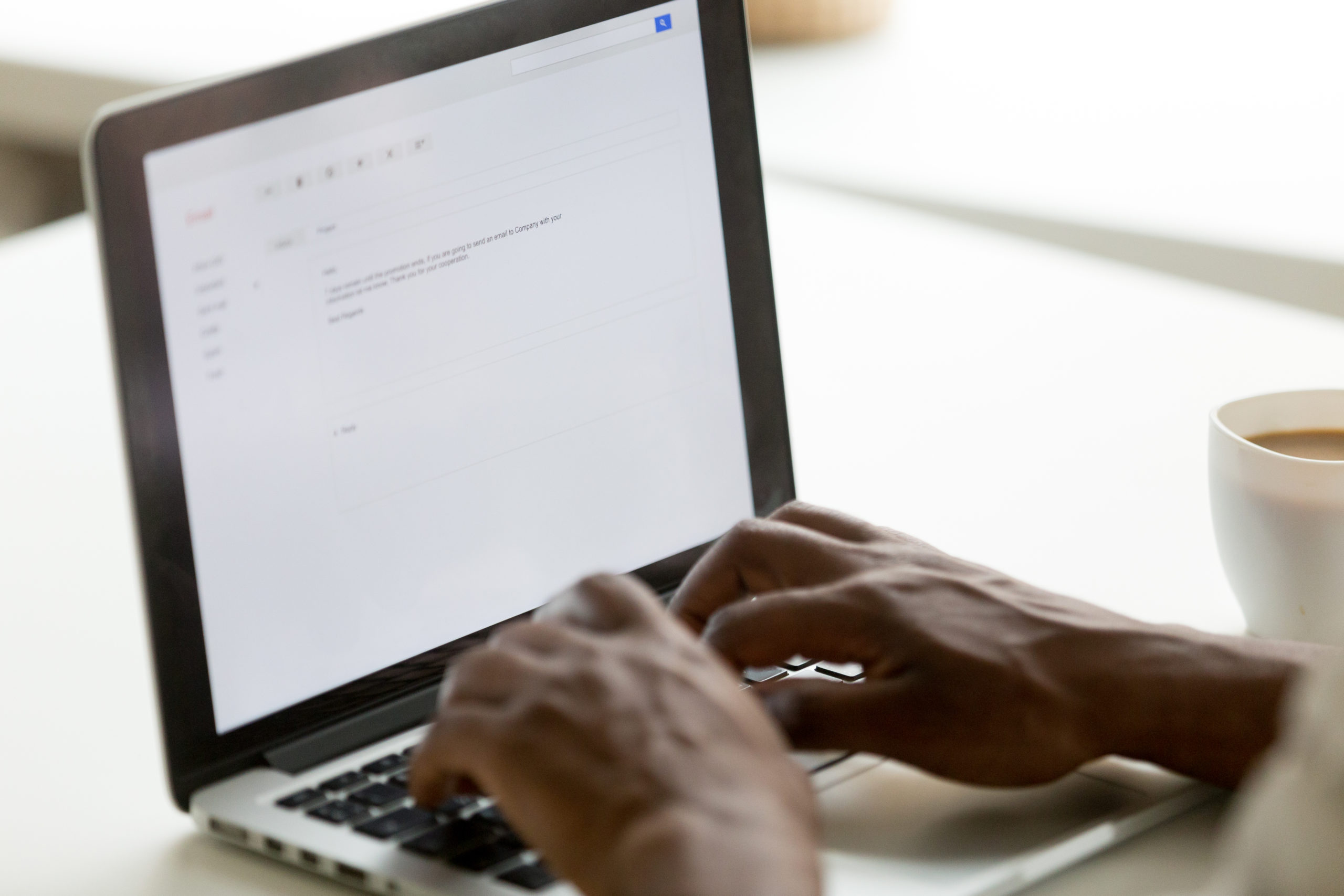






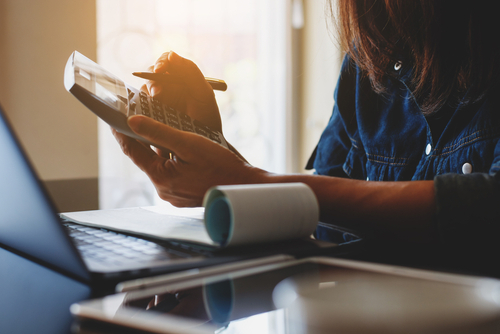 2025-01-23
2025-01-23
 2024-12-16
2024-12-16
 2024-12-09
2024-12-09
 2024-10-23
2024-10-23
 2024-09-04
2024-09-04